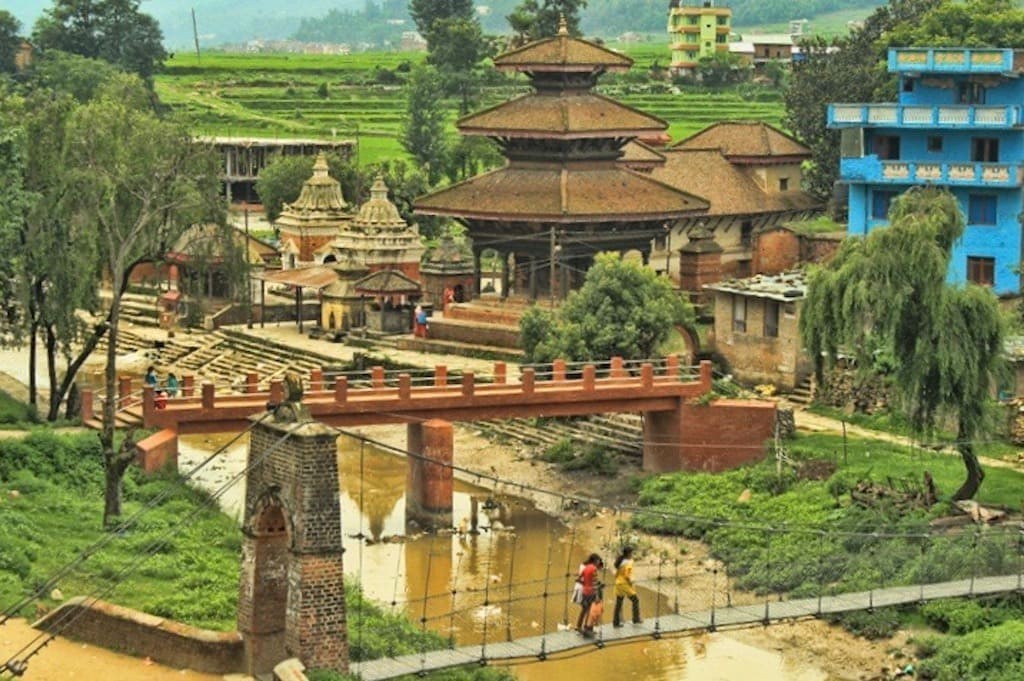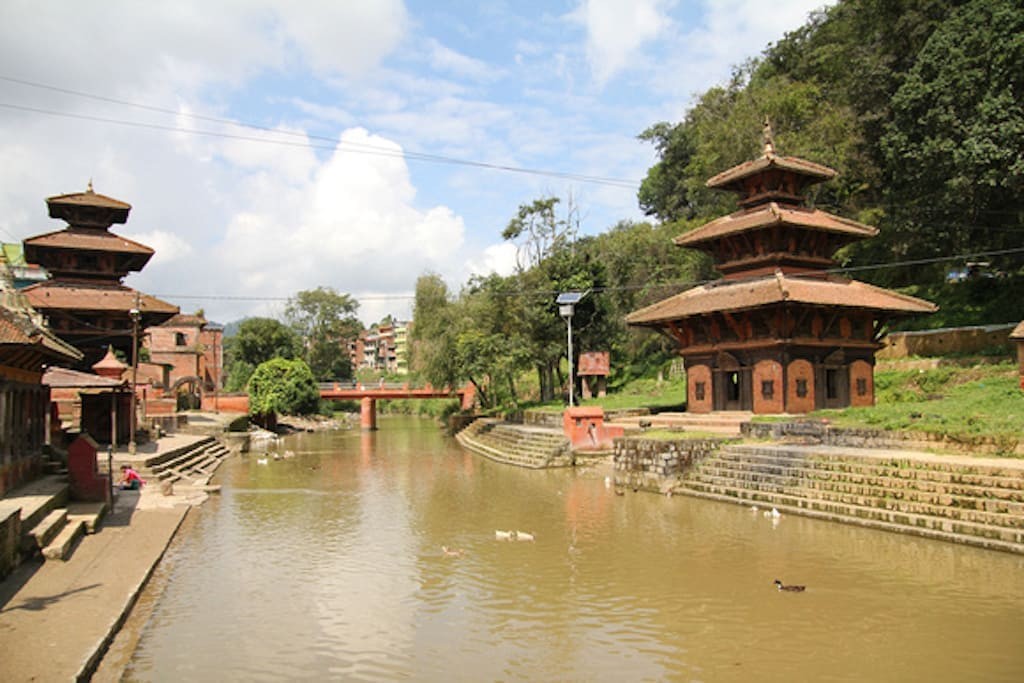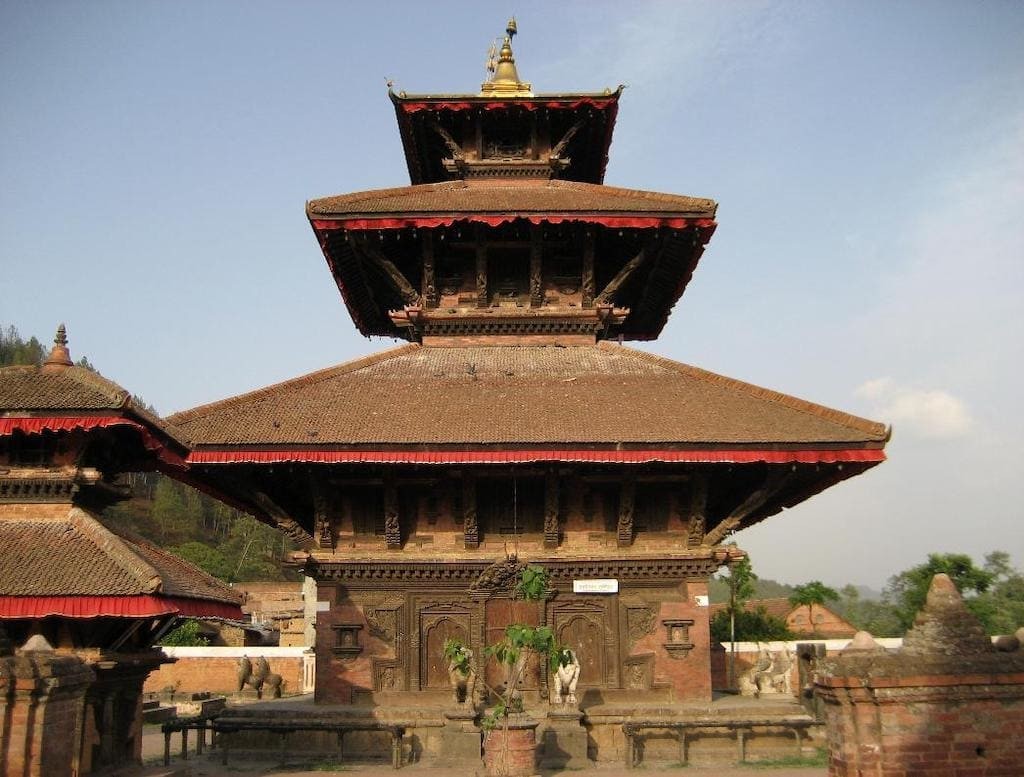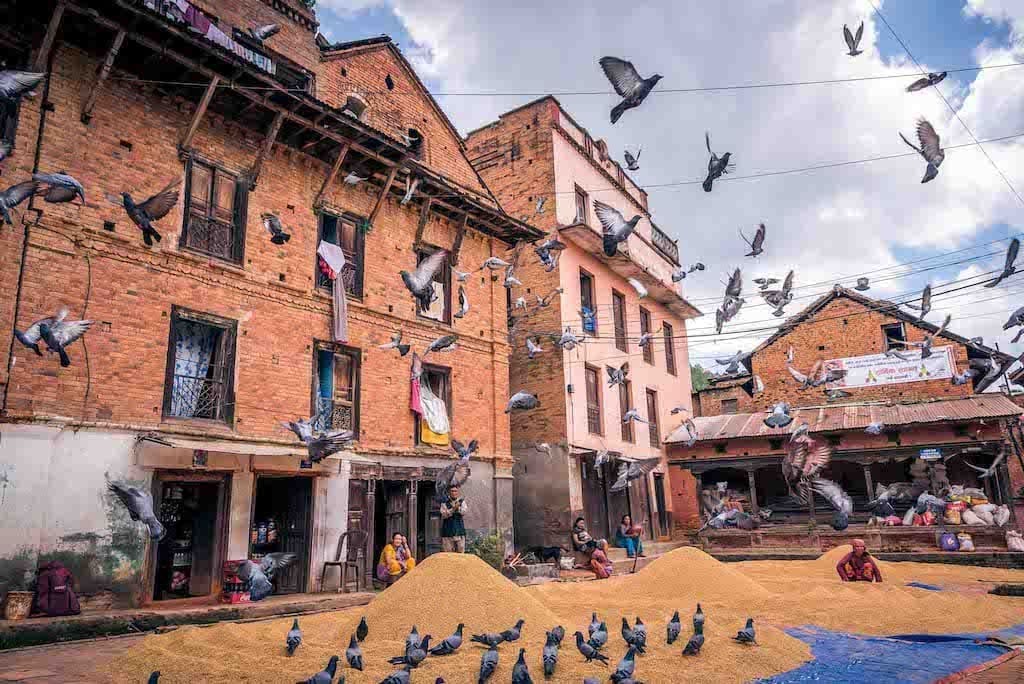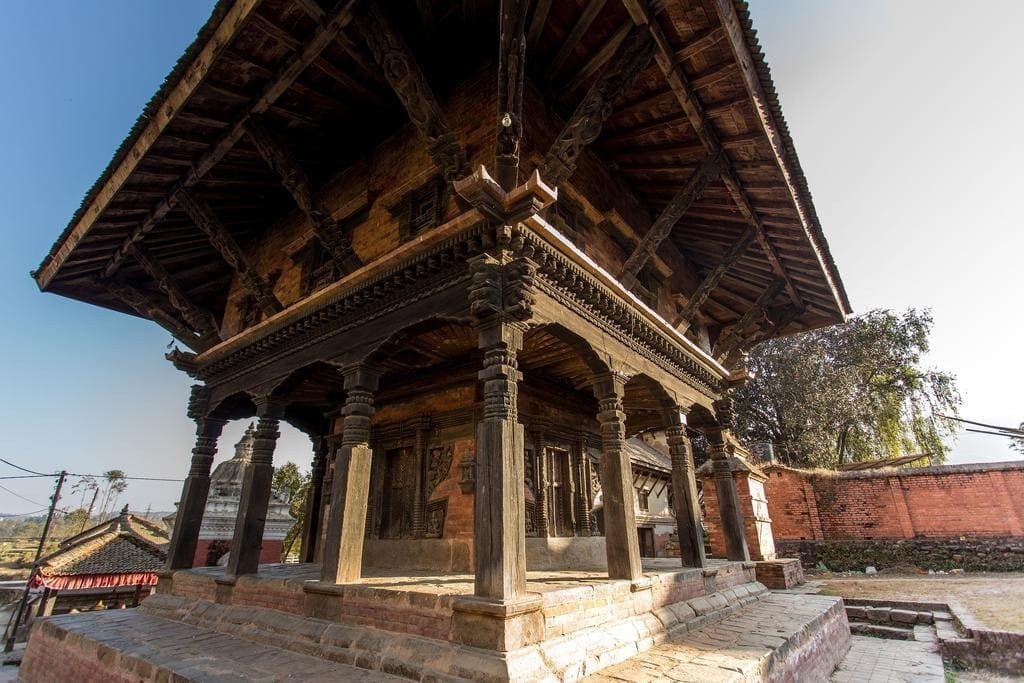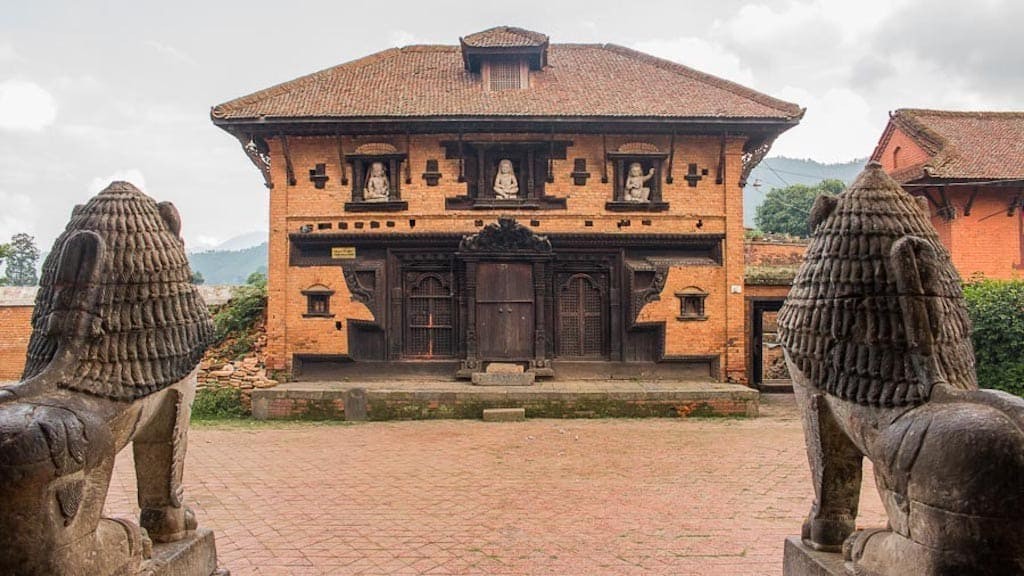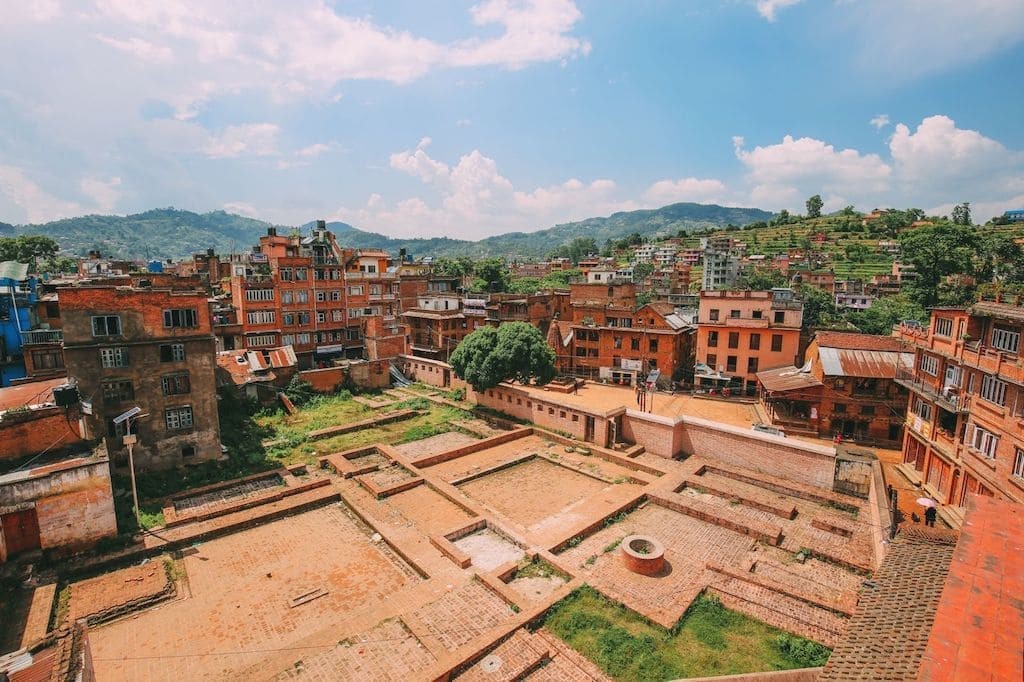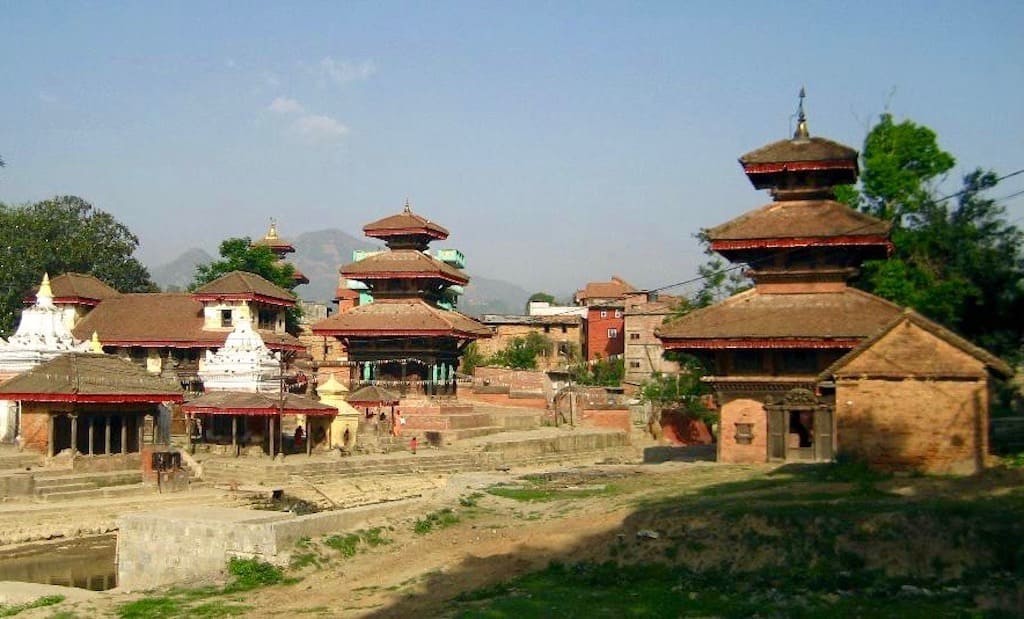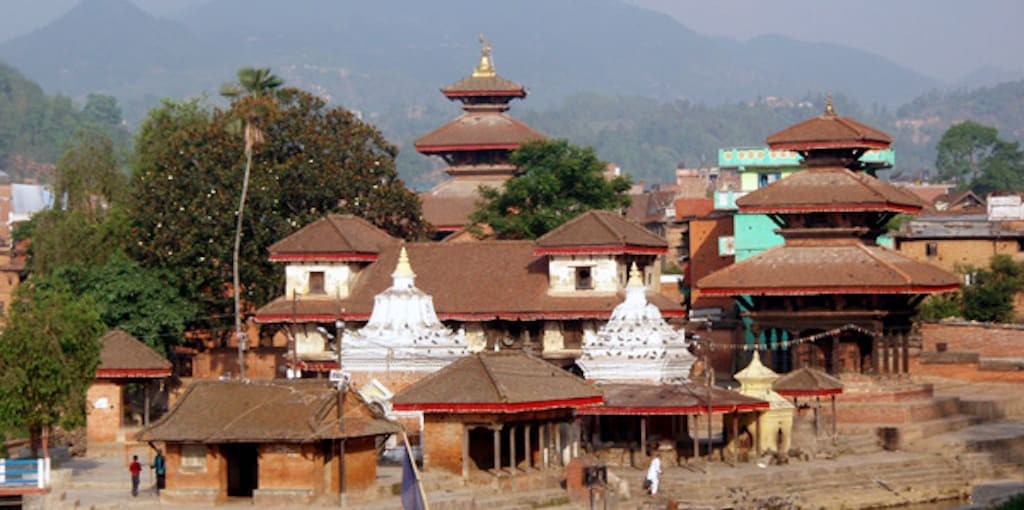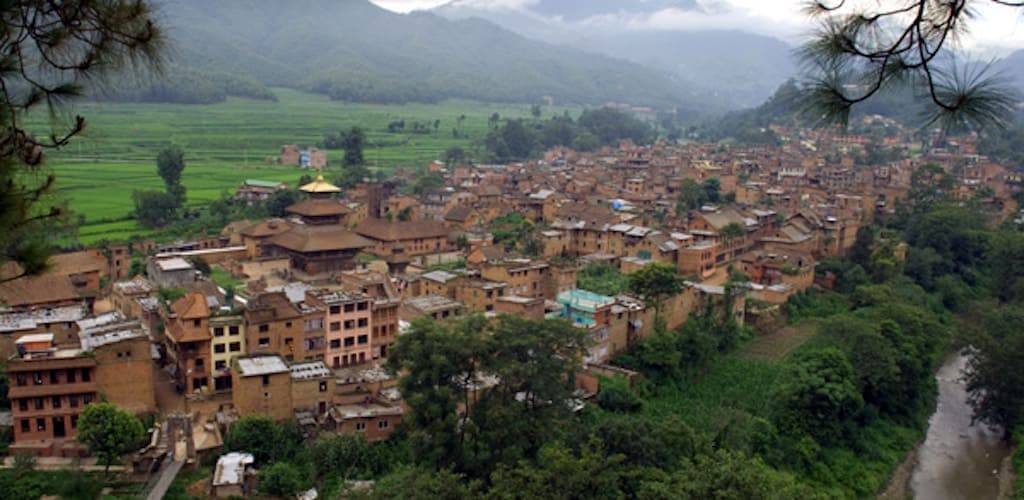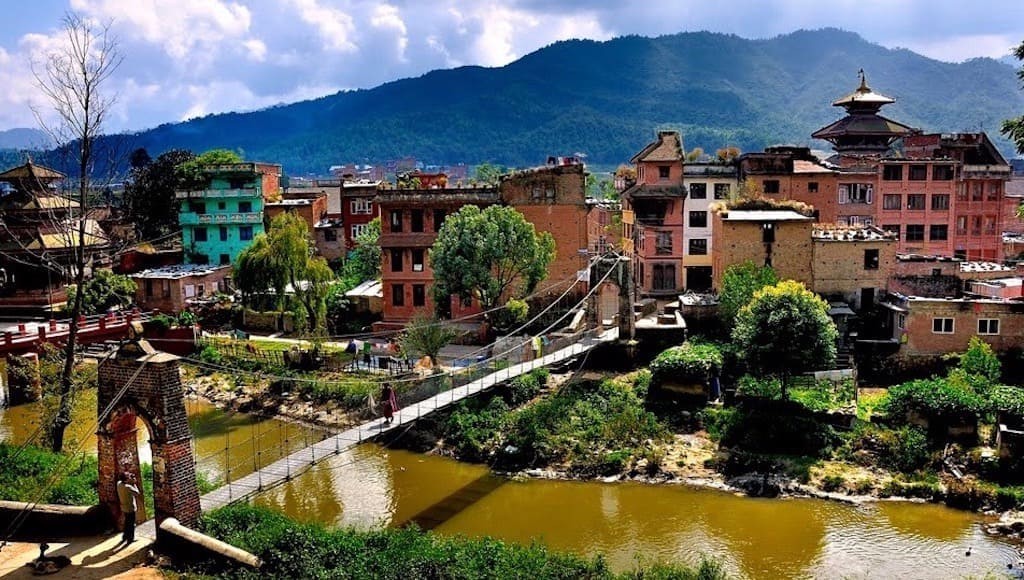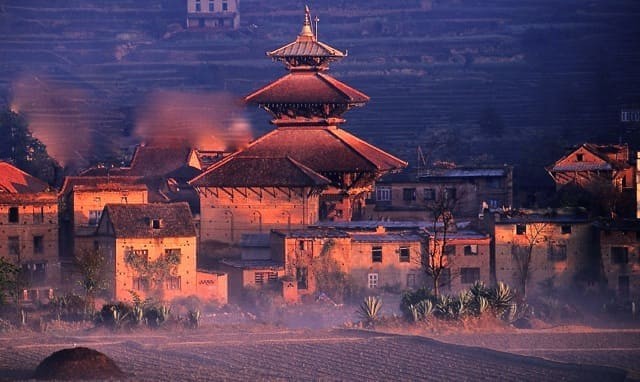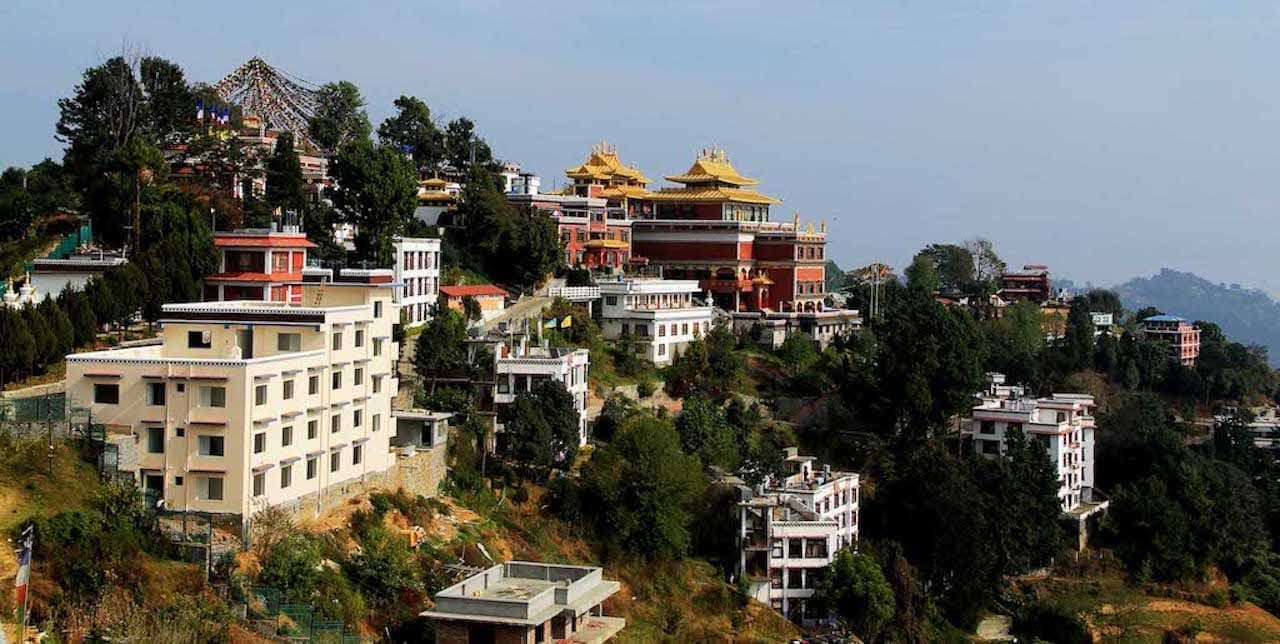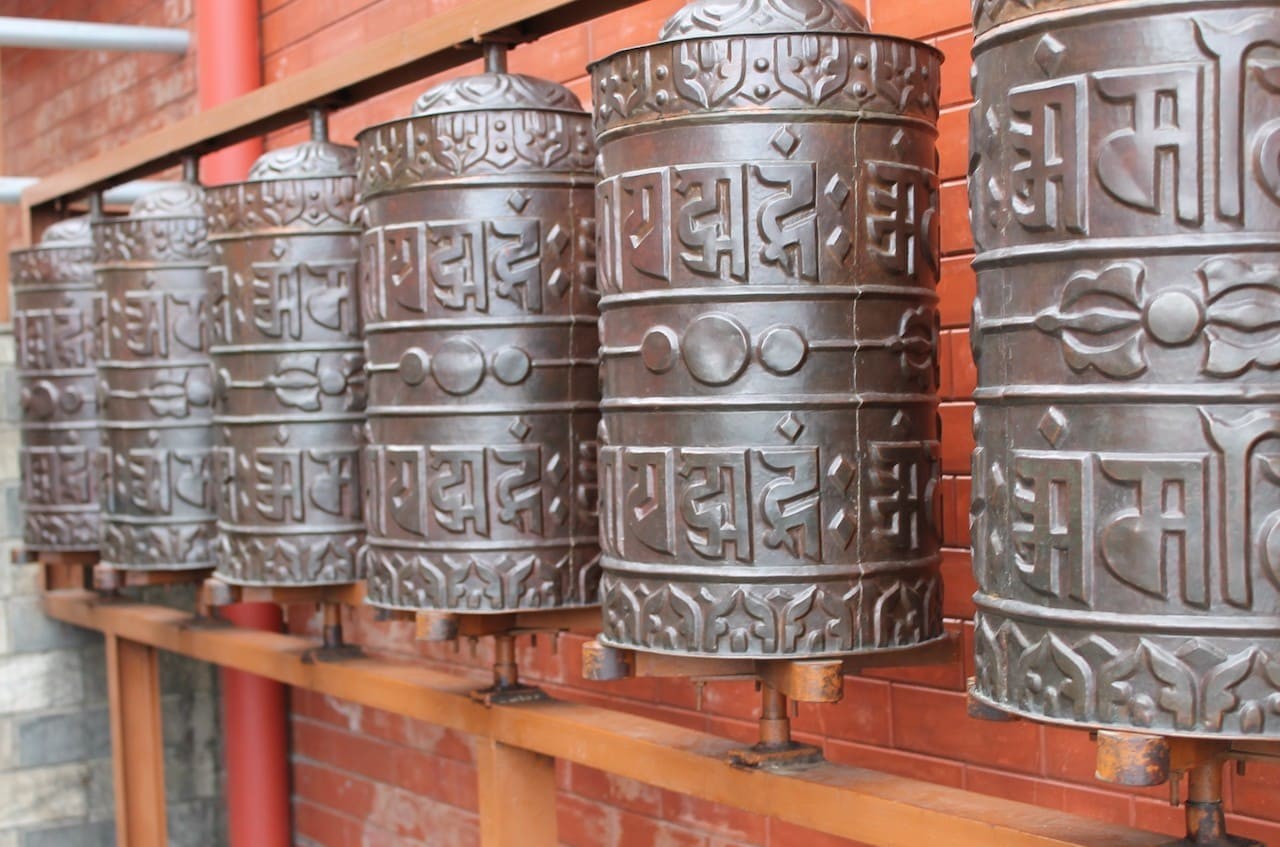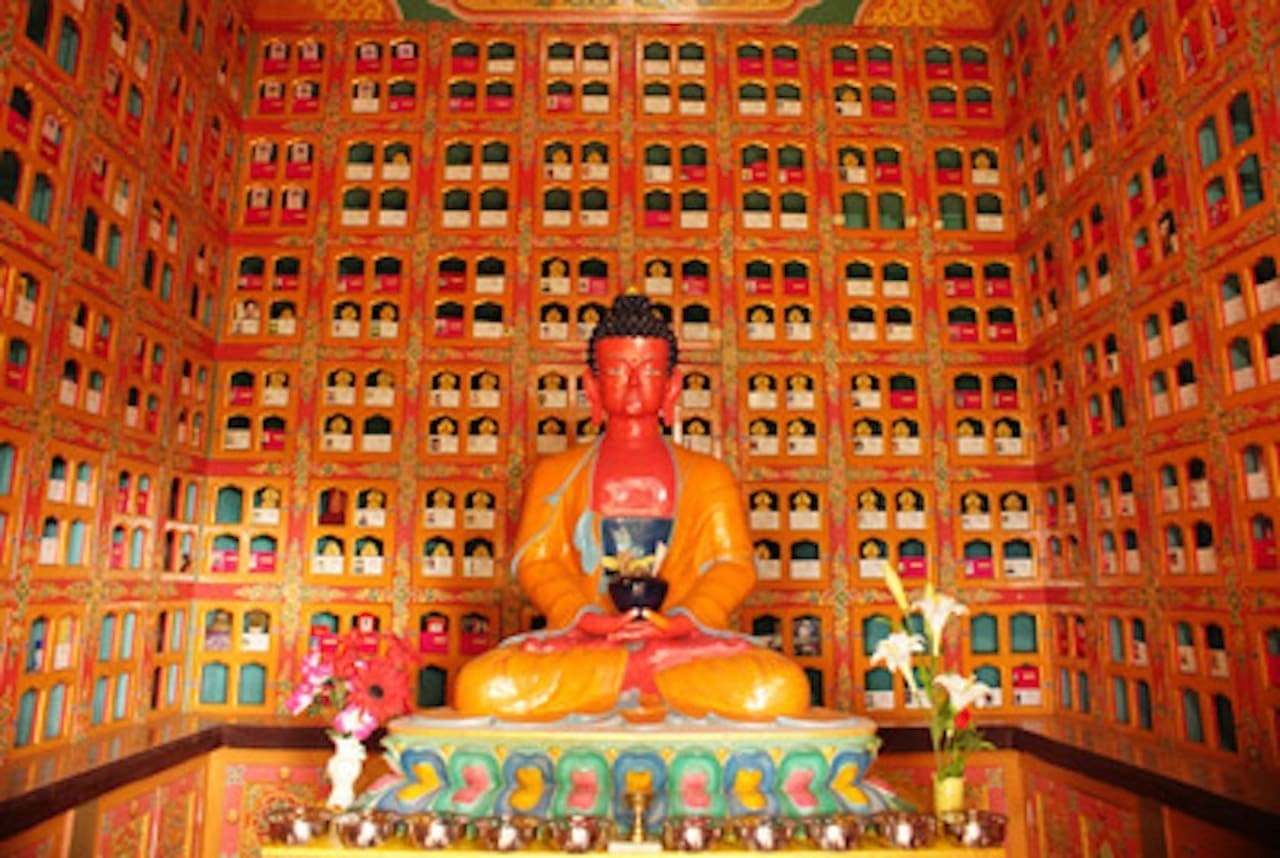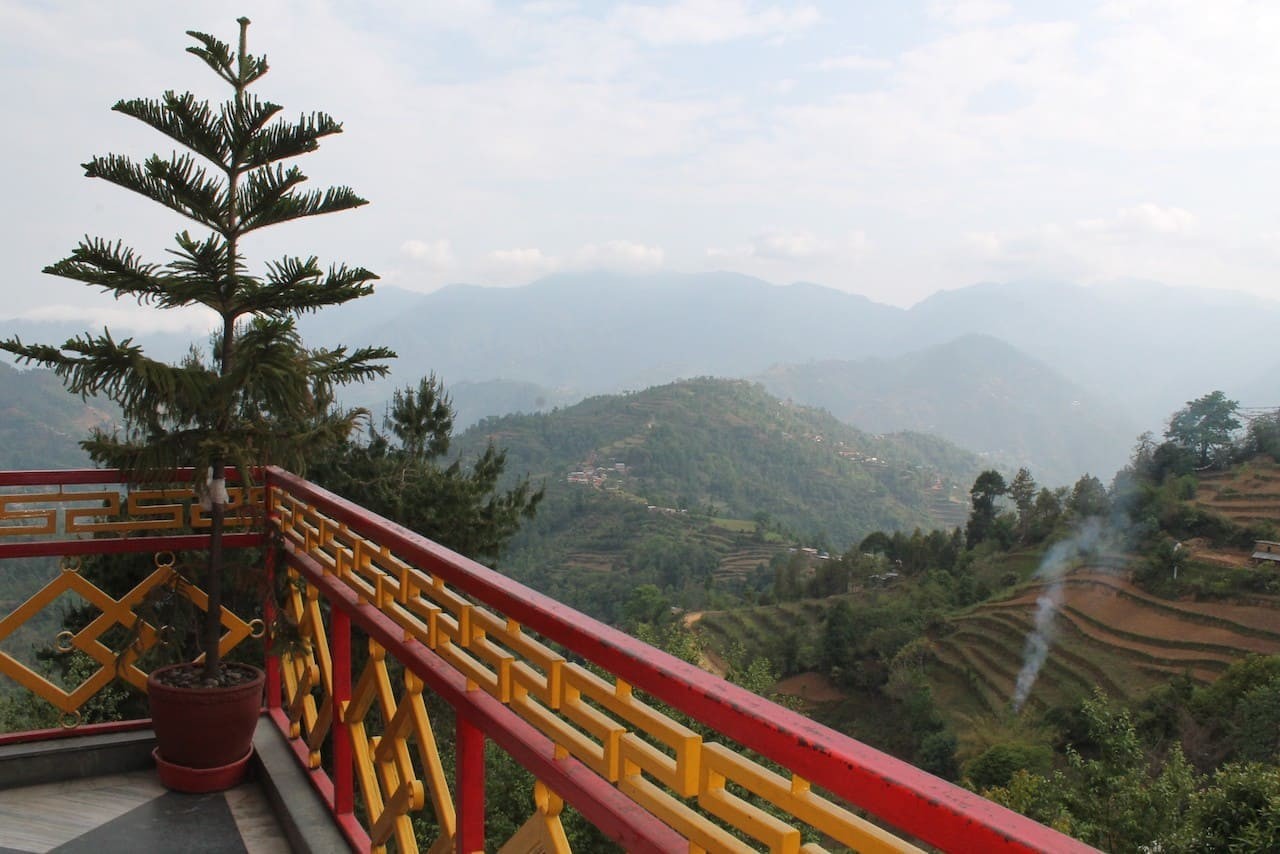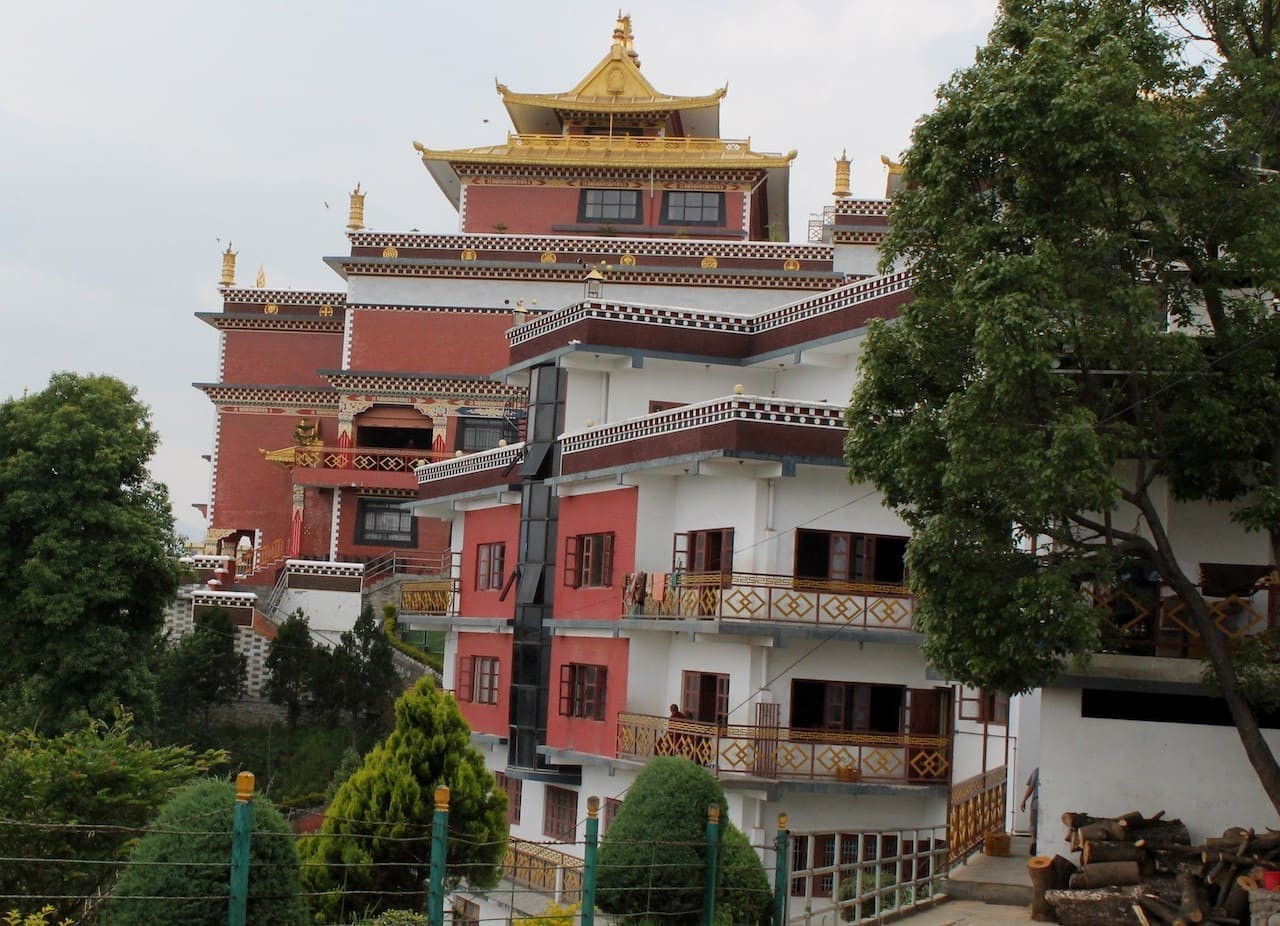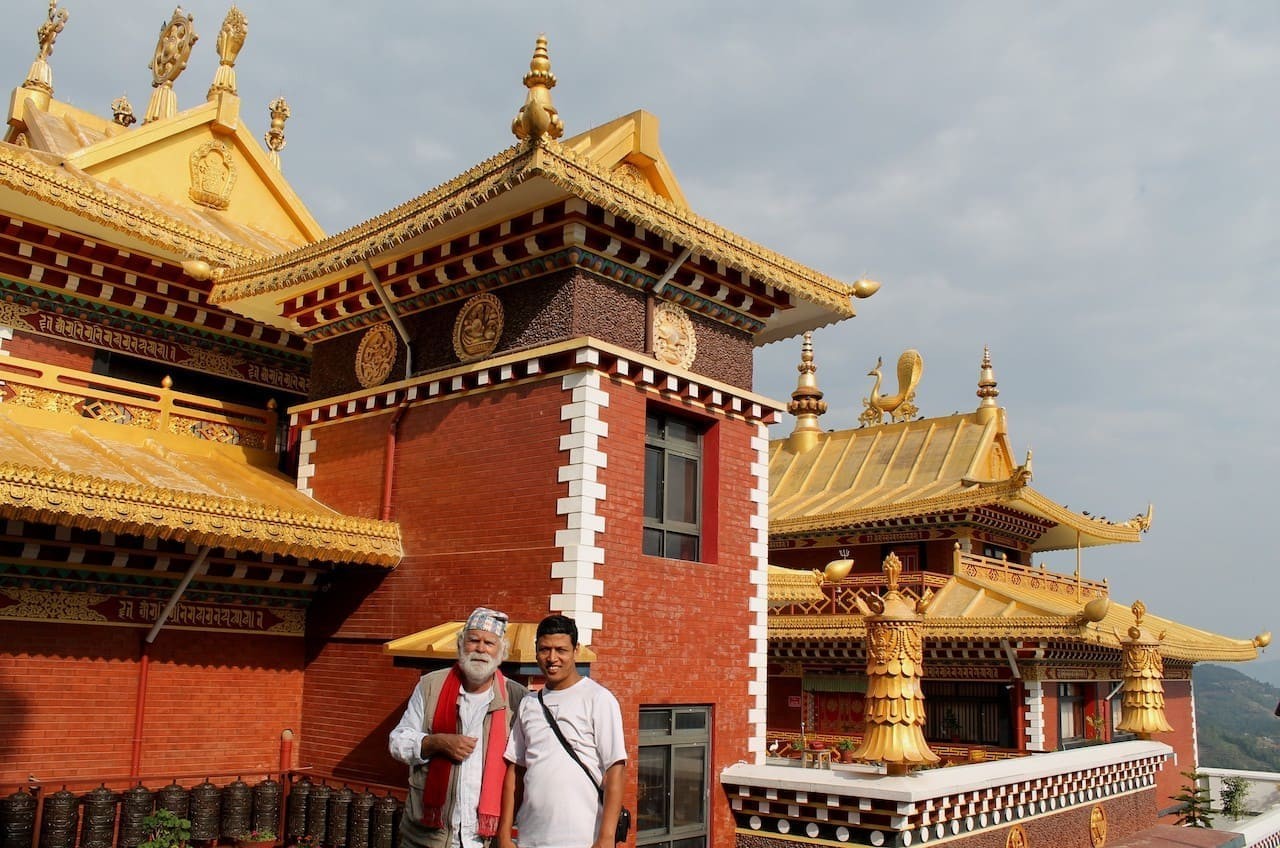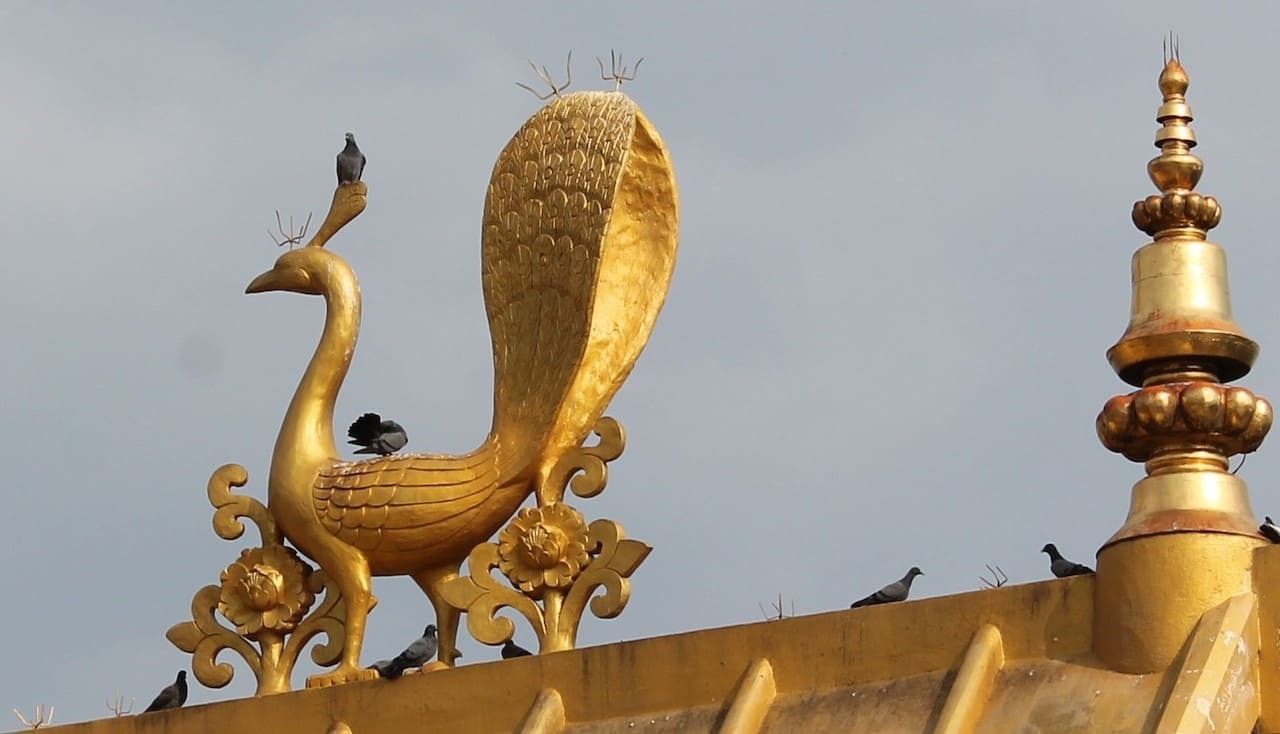You can contact us by e-mail or phone
from uk
01405 862917
outside uk
+44 1405 862917
01405 862917
+44 1405 862917
Namobuddha and Panauti

Namobuddha and Panauti

Both Namobuddha and Panauti could be considered "off the beaten track" too. Namobuddha is a sacred Buddhist site, and Panauti is a Hindu farming town, and visiting both is a great way of appreciating the harmony that co-exists between Hinduism and Buddhism in Nepal. Not only that, there's wonderful contrasting architecture, authentic culture, and a rich heritage to enjoy. And the bucolic charm of the countryside all adds to the flavour of an amazing day of discovery, spirituality, and natural beauty.
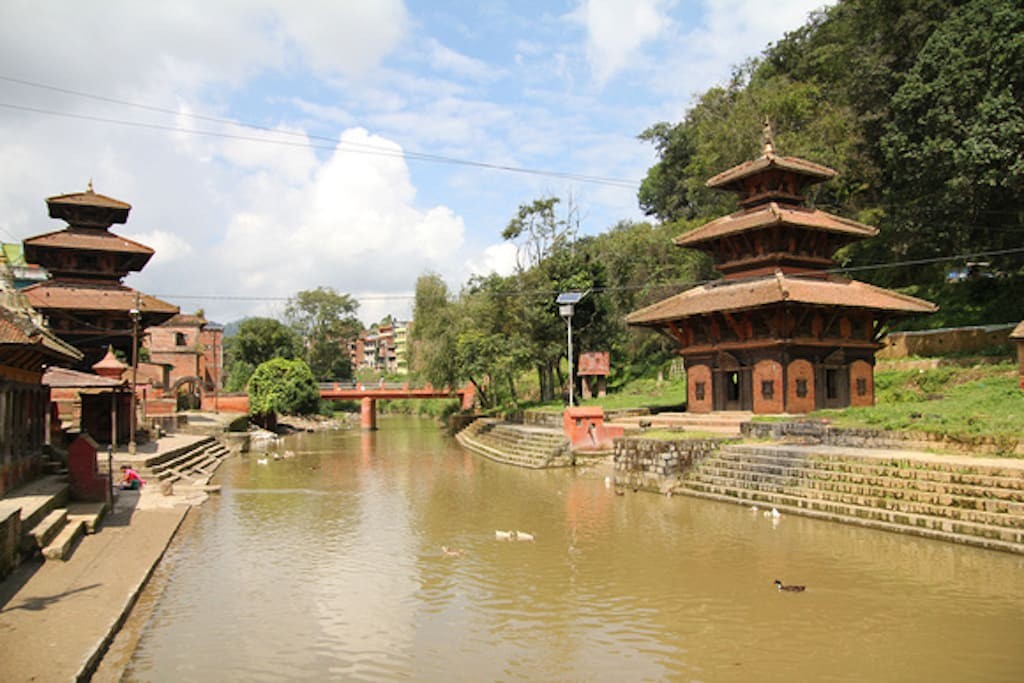
Panauti
PANAUTI is a real treasure trove of Newari art and architecture Panauti has one of the only two known pre-Malla structures, the Indreshwar Temple, reputed to be the oldest in Nepal, as well as many more ornate and fascinating temples and shrines. Exquisite wood-carved roof structures just seem to be everywhere. There's also a small cremation ghat where the Pungmati and Roshi rivers merge. As you wander around this charming town, you'll discover brick-paved streets, intricately carved resthouses, stupas, and stone water taps. Traditional goldsmiths and silversmiths may also be seen at work. But Panauti is also a farming town and is surrounded by terraced fields and orchards, giving a great insight into agricultural practices where mechanisation has had little impact.
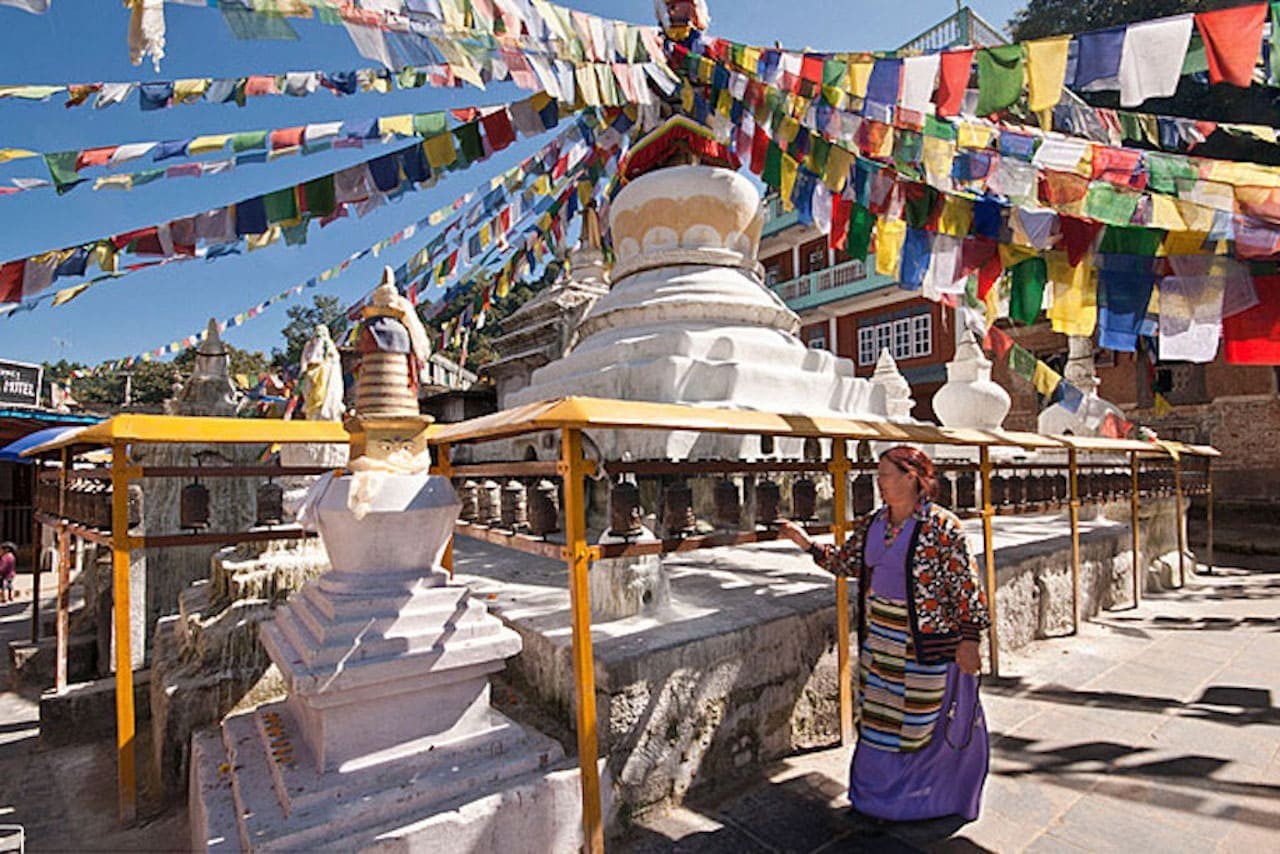
Namobuddha
According to legend, Buddha sacrificed his body to let a starving tigress feed her cubs here, and Namobuddha (Hail to the Buddha) has since been a sacred site for pilgrims for centuries. A giant prayer wheel can be seen by the main stupa, and the colourful prayer flags that abound here all add to the serenity. There are pretty good views of the Himalayas too. A visit to the Thrangu Tashi Yangtse Monastery is a must. Home to around 250 monks, this beautifully decorated Tibetan Buddhist Monastery in the Karma Kagyu tradition is a haven of peace and tranquilly. You don't need to be spiritual to appreciate just how special Namobuddha is. But pretty much all people who come here "feel" something.

See our hand-picked Namobuddha Accommodation for suggestions as to where to stay.
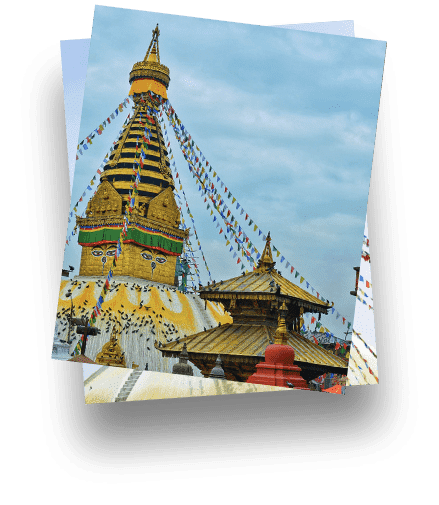
Read our Nepal Travel Guide

All rights reserved. Snow Cat Travel is a Registered Trade Mark UK 00003289264

